Last week, I had to send a couple of emails to close some deal with a client. As you know, business means negotiation, and judging by the emails, both parties sounded very flat so I dropped a few lines with sad/frustrated emoji to show how I was really feeling. Suddenly, the tone of all these emails changed and became less tensed.
This incident makes me realize that non-verbal communications can easily be misunderstood, either work emails or instant messages. We cannot really see facial expressions of other persons so we are just assuming, depending on a few lines of typed sentences. This is where emoji comes in handy.
These tiny yellow faces. Can you imagine how many conversations these yellow faces have smoothened? How many potential arguments have they resolved? How many couples did they stop from breaking up? How many friendships have they kept growing strong? I don’t know but I’m sure that emoji has become an essential part of our texting culture.
Do you remember when was the first time you used emoji in life? For me, I vaguely remember that it was in my teenage years as I chatted with friends via GoogleTalk, using colon and right parenthesis to create a smiley face 🙁 or a colon with capital P to make a tongue-out silly face 😛 , or a semi-colon with right parenthesis for a wink 😉 . Little did I know that these faces will become a universal language. (Sorry English, your time is over.) When Apple’s iPhones were launched, emoji became very popular that one of the reasons I bought my first iPhone was only to text my friends with emoji.
Now these yellow faces are not just for chats and texts. They are everywhere like Facebook, Twitter, Instagram, YouTube videos where emoji are put for the sake of creativity. But they do not only stay on the Internet. They have conquered into real life. I have seen a couple of signage in a mall that include some happy emoji. Have you seen a tablet at some airport toilet, to rate its cleanliness with five emoji faces ranging from upset and angry to satisfied and happy ones? Yup, they are literally everywhere.
So who created these little faces that we use everyday? Here’s a brief history of emoji.

Since late 90s, emoji have come a long way and they have become a powerful language. There’s an old saying, “A picture is worth a thousand words,” but in this case, we have to say, “an emoji is worth a paragraph of texts” and I bet you all agree.
Whenever you want to cancel a plan with your friends or you want to apologize for running late or show your excitement for a party invitation, or even when you are furious about something, there are a bunch of cute faces to express your emotions. Here’s how it works.
You text sorry to your friend.
“Hey I’m sorry I can’t make it to the party tonight”
“Hey I’m sorry I can’t make it to the party tonight ☹️”
Feel the difference? Here’s another example.
“Dear Katie, I’m afraid we can’t do this job under these conditions. Will you please reconsider….”
“Dear Katie, I’m afraid we can’t do this job under these conditions. 😕 Will you please reconsider….”
You get what I’m saying? It shows emotion that blunt sentences couldn’t carry. Emoji makes sure that you don’t get misunderstood, they alter straightforward wordings into smoother phrases, and they lighten mood of the conversations. They are just very useful, powerful characters to express yourself and messages that you’re trying to give. I guess I use more than 30 emoji a day approximately, whether texting to friends or writing some emails, only to show my mood as I type. Sometimes, I just reply an emoji to my friends only because it speaks everything I want to type in one tiny face.
With the rise of digital marketing, many marketers use emoji as one of the main ingredients for their online contents to add a touch of fun. Emoji sure does make online contents fun, however, overdose of emoji can be very annoying for readers. Especially on Facebook, I have seen some cosmetic products advertise their products by writing lengthy paragraphs that explains benefits of their product with at least two to three emoji in one sentence which are very distracting. Sure, emoji represents as elements of fun and casual but too many emoji in a paragraph of text sort of visually distract and delay readers from getting the main message. So despite being powerful in conveying emotions and fun, abundant use of emoji is very disturbing, too.
Bottom line is we are all millennials here, I’m a sucker for emoji and use them in a daily basis. I write this 800-word essay just to prove my point that we should use proper amount of emoji everyday, everywhere even in work emails because it is appropriate and emoji will strengthen any form of non-verbal communications.
Reference:
The Wired Guide to Emojiby Arielle Pardes
Why the White House is Using Emojiby Polly Mosendz

